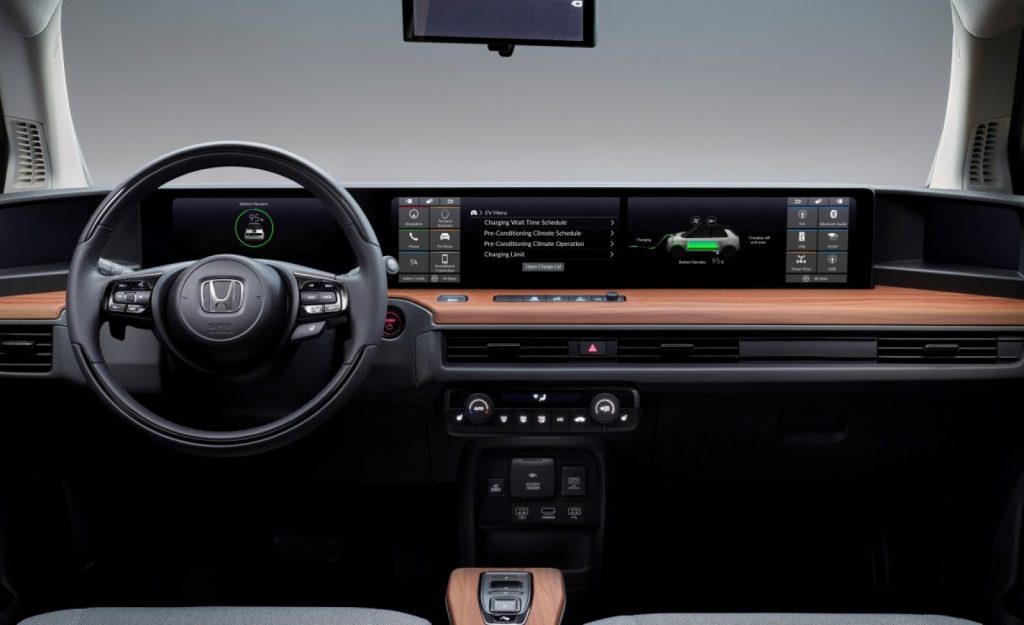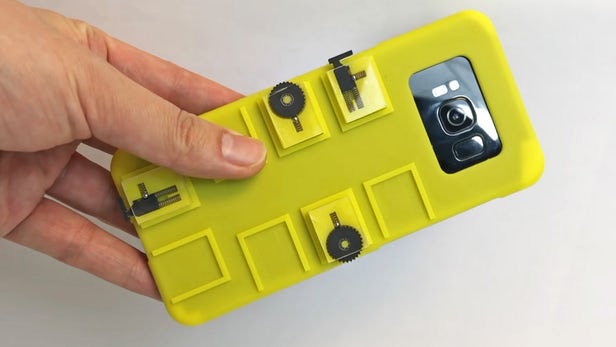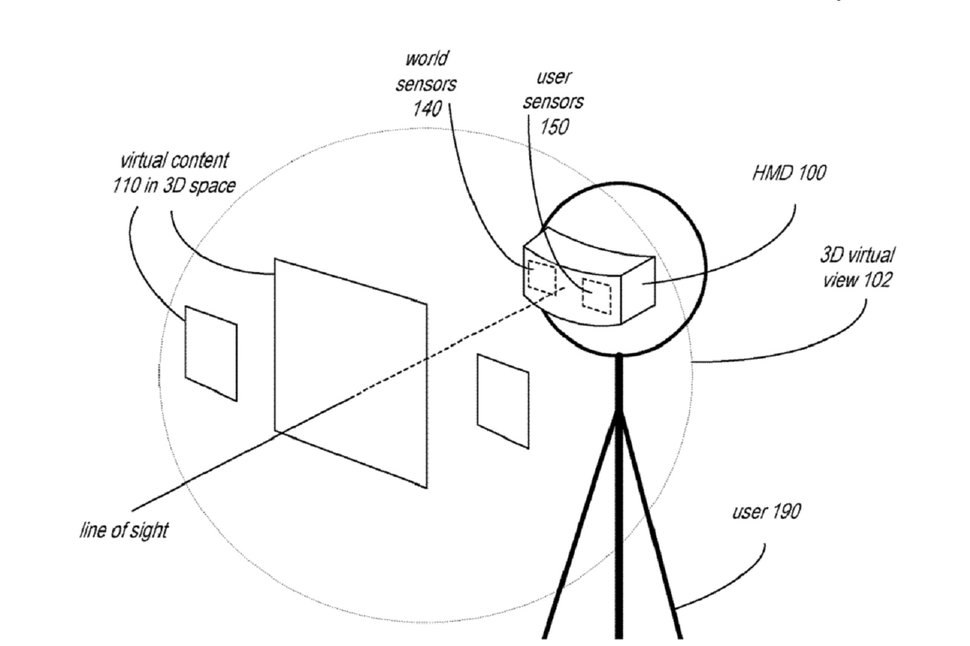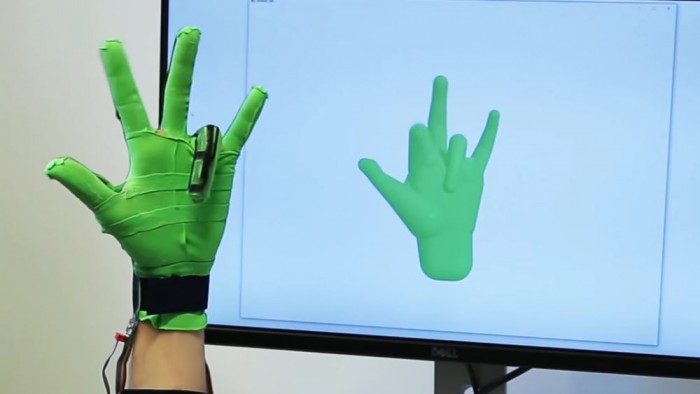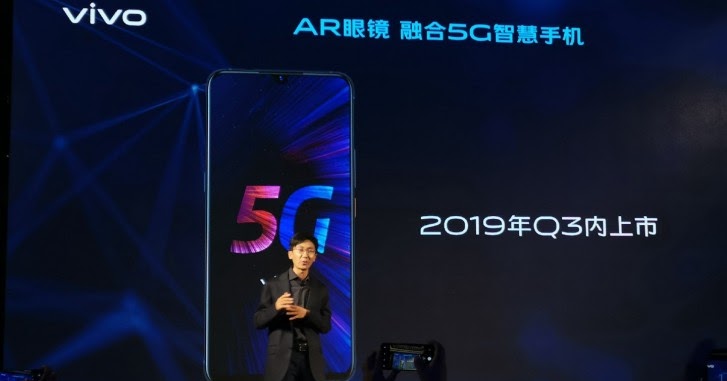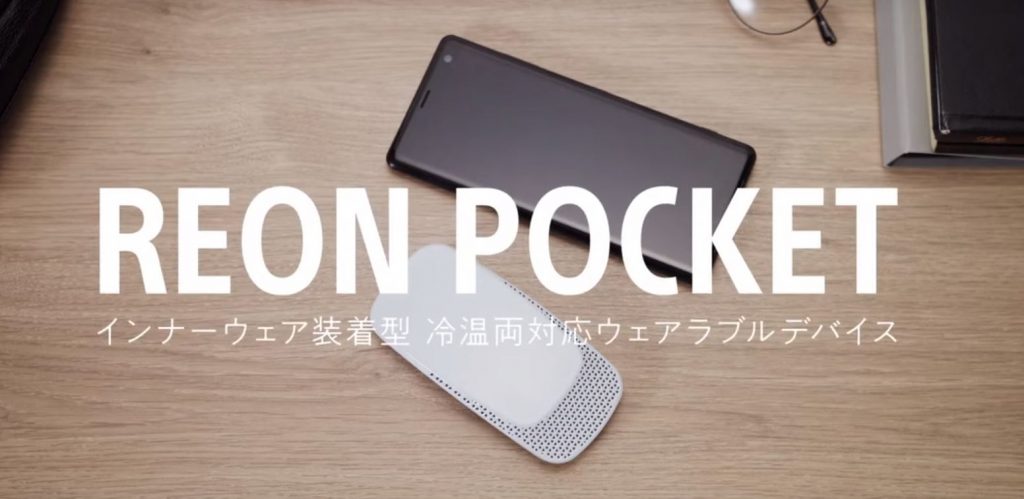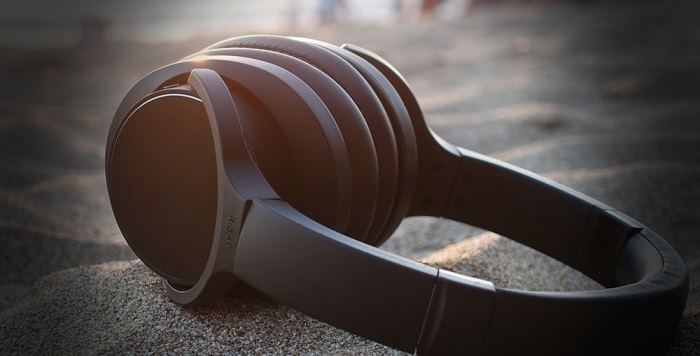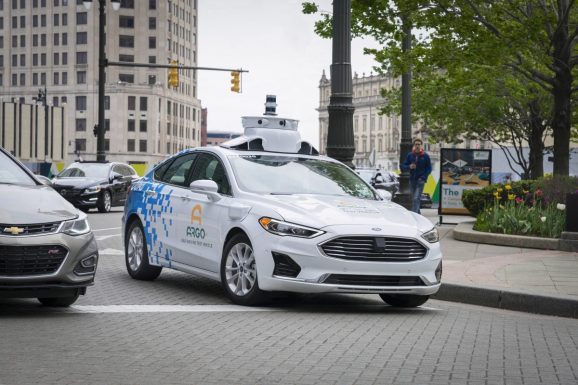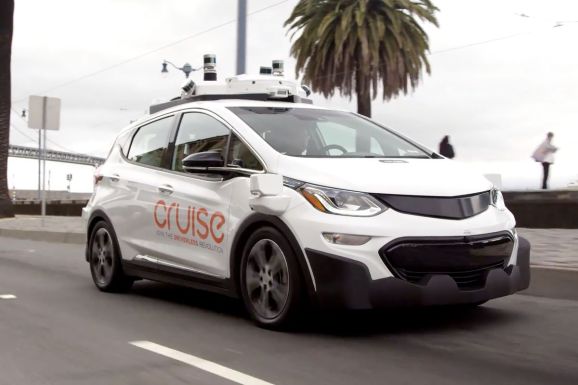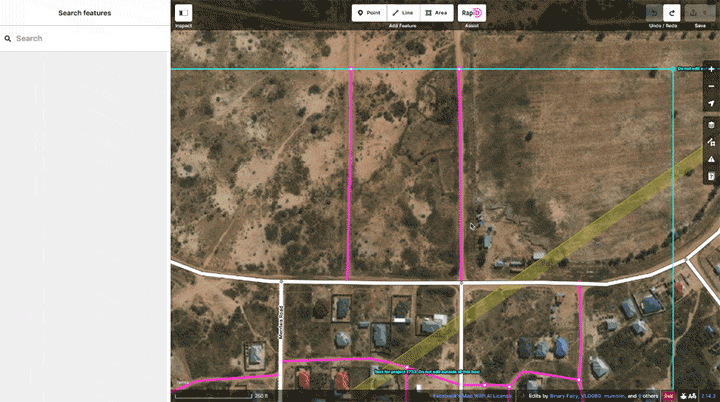
07-29: Zeiss believes that 40MP is already more than enough; SK Hynix has revealed that it would cut wafer starts of 3D NAND in the coming months more aggressively than it originally anticipated earlier 2019; etc.
Chipsets
TF Securities analyst Ming-Chi Kuo expects Apple iPhones in 2020, and revising a previous prediction, he now thinks that all 3 will have 5G, instead of just 2 of them. The reasons: (1) Apple’s acquisition of Intel’s modem business implies that Apple will now have more resource to dedicate to 5G models; (2) a number of lower-priced Android devices (priced at USD249-349) toward the end of 2020 that will offer 5G connectivity, which will require Apple to offer 5G in its phones as well in order to stay competitive; and (3) accelerates 5G development would help Apple to promote its AR ecosystem. They have upscaled EMIS (manufacturer) / Broadcom (design) iPhone PA shipment 45% to 600M~650M units in 2020. (TF Securities, Apple Insider, CN Beta, Digital Trends)
Huawei is reportedly preparing to launch two flagship Kirin chips in 2019. In addition to the Kirin 985 chip built by TSMC’s second-generation 7nm process based on EUV, there will also be a world-class integrated 5G baseband. It integrates the 5G baseband into the chip, making it a single chip. The existing 5G smartphones basically use the external 5G baseband to achieve 5G support. Huawei’s Kirin 980 comes with the Baron 5000. (IT Home, GizChina)
Touch Display
Honda E prototype has showcased a dual 12.3” touchscreens. Honda seems intent on making its software live up to the experience people expect from their smartphones, and allows for swiping or browsing through both Android Auto and Apple CarPlay. (Engdaget, Honda, Auto Blog, Auto Home)
A customizable smartphone case prototype, developed by Snap and Columbia University, is bringing back physical buttons and scroll wheels at a time when vendors are looking to build devices with nothing more than touchscreens. Vidgets are mechanical widgets that provide smartphone owners with a more tactile experience, compared to taps and swipes on a touchscreen. (Digital Trends, Columbia University, CNN, New Atlas)
Camera
ZTE’s patent reveals that the phone will sport two front cameras which will be hidden behind the display and are only revealed when the top slider is moved down. However, the rear panel of the device reveals a setup of two cameras and fingerprint sensor. (GSM Arena, Tiger Mobiles, IT Home)
Dr. Michael Kaschke, President and CEO of Zeiss Group, has indicated that smartphone cameras may have evolved over the years and changed the way we take pictures, but there is a limit to what a phone camera can achieve. There is more software to it and less hardware, and they are developing software for computational photography. (Phone Arena, Indian Express, IT Home)
Dr. Michael Kaschke, President and CEO of Zeiss Group, has indicated that more pixels are not necessarily better. If we stay with the full-frame sensor and divide that sensor into more and more pixels, the pixels become smaller and smaller, and then we get into a noise problem. He believes that 40MP is already more than enough. (Indian Express, IT Home)
Fujifilm’s SX800 is a long-range surveillance camera with a 40× optical zoom. It has a built-in lens with a 35mm-equivalent focal length of 20mm~800mm, and an additional digital zoom of 1.25×. Combined, SX800 has a total equivalent focal length of 1000mm, which is enough to focus on a car’s license plate from 1km (0.6 miles) away. (The Verge, Fujifilm, Sohu)
Storage
SK Hynix has revealed that it would cut wafer starts of 3D NAND in the coming months more aggressively than it originally anticipated earlier 2019. Besides, the company will reconsider plans to equip its M15 and M16 fabs, which will reduce its capital expenditures. Earlier 2019 SK Hynix said that it would reduce 3D NAND wafer starts by 10% in 2019, but currently it said it has changed its plans and now intends to reduce wafer starts by 15% when compared to its 2018 output. (GizChina, AnandTech, CN Beta)
Sensory
Apple’s patent application suggests the design of the new headset could include various sensors to track user’s expressions and faithfully recreate them in mixed reality. The patent suggests the setup would use outward-facing cameras to capture the real world as well. (Pocket-Lint, USPTO, CN Beta)
ETH Zurich and New York University have developed smart gloves that are able to capture hand movements with much more detail and nuance than most existing solutions. The team has created a silicone compound holding 44 embedded stretch sensors, combining it with a soft fabric layer. The input device requires very little training, and uses a special constructed set of algorithms to process the sensor data coming through from the gloved hand. (CN Beta, New Atlas, Eureka Alert)
Phone
vivo Communications Research Institute general manager, Qin Fei has revealed that the company’s first 5G phone would be launched in Aug 2019, which would be iQOO 5G. He has also said that the price of vivos first 5G mobile phones would be close to the cost price, or it would be possible to sell them at a loss. (CN Beta, JQK News)
Wearables
Sony has announced Reon Pocket, a small cooling device that can be worn like a portable air conditioner. It is live on Sony’s crowdfunding website, where prices start at JPY12,760 (about USD117). The Reon Pocket works using the “Peltier effect”, which involves using a small electrical current to allow it to either absorb or give out heat. (SlashGear, The Verge, Engadget, Hypebeast)
Australia’s BG Audio is launching Augmented Audio on Kickstarter, which is made up of 2 parts: (1) A companion app will be available around Nov 2019 and will allow the headphone wearer to tweak audio settings to personal taste. It will also give users the option to send an audio feed to other app users via cloud servers, or accept feeds from others; (2) a pair of active noise cancellation headphones that app users will need to unlock special features using a code that ships with them. (CN Beta, Market Place, New Atlas)
Augmented / Virtual Reality
LIV, a Prague-based company that wants to make VR gaming more fun to watch, and in turn bring players and spectators closer together, has picked up USD1M in funding. Dubbed “LIV Play” and targeting a closed alpha release by the end of 2019, the idea is to give audiences the ability to influence what happens in-game and in real time. (TechCrunch, Games Industry, Sohu)
Automotive
Gatik AI, the autonomous vehicle startup that is aiming for the sweet middle spot in the world of logistics, is officially on the road through a partnership with Walmart. Gatik’s autonomous vehicles (with a human safety driver behind the wheel) is now delivering customer online grocery orders from Walmart’s main warehouse to its neighborhood stores in Bentonville, Arkansas. (TechCrunch, Walmart, CN Beta, East Money)
Argo.ai has unveiled its third-generation test vehicle: a modified Ford Fusion Hybrid. It boasts mechanical, sensing, compute, and software upgrades and replaces the fleet currently on the road in Miami; Washington, D.C.; Pittsburgh; and Palo Alto. (VentureBeat, Medium, Auto Lab)
General Motor (GM) Cruise is postponing plans for a fully driverless taxi service, which it previously said would launch by year-end 2019. The CEO Dan Ammann said performance and safety concerns necessitated the delay. (VentureBeat, Medium, CN Beta)
Artificial Intelligence
Facebook’s tools, called Map with AI, will help the community-based OpenStreetMap organization to create crowd-sourced maps easily. Facebook spent 2 years in developing these tools, and making it available to OpenStreetMap community members. (CN Beta, TNW, ZDNet)
